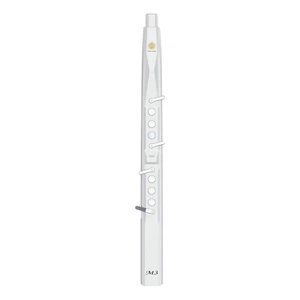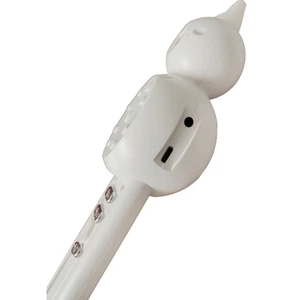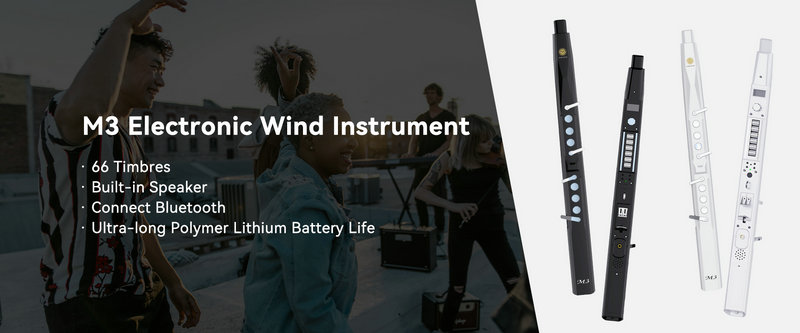What is pitch bending on electric wind instruments?
Pitch bending on electric wind instruments is a remarkable feature that greatly enriches the musical experience and creative potential of these modern instruments.
At its core, pitch bending refers to the act of intentionally and dynamically altering the pitch of a note during its production. This is a technique that has been widely utilized in various musical instruments for generations, but on electric wind instruments, it takes on a whole new dimension.
Electric wind instruments are often designed with dedicated pitch bend controls, such as wheels, levers, or touch-sensitive pads. These controls allow the player to have precise and immediate control over the pitch alteration. When the player engages these controls, they send a signal to the instrument's internal electronics or to an external processing unit.
The internal electronics or processing unit then modifies the pitch of the sound being generated in response to the player's input. This can be a smooth and continuous change, creating a gliding effect similar to the glissando of a string instrument or the inflections of a human voice. Or it can be a more abrupt change, adding a sudden and dramatic shift in pitch for a unique sonic impact.
The pitch bending function on electric wind instruments is typically controlled through a combination of mechanical and electronic means. The physical movement of the pitch bend control triggers a change in an electrical signal, which is then processed by the instrument's circuitry to alter the pitch. This allows for a seamless integration of the player's physical gestures and the resulting sound.
Pitch bending can be used in a multitude of ways to enhance musical expression. Musicians can use it to add emotional depth and nuance to a performance, mimicking the natural inflections and variations of human speech or singing. It can also be employed to create special effects and textures, such as warbling sounds or swooping glides that add a sense of movement and excitement to a piece of music.
In addition to the basic pitch bend controls, many electric wind instruments offer additional features and settings related to pitch bending. For example, there may be options to adjust the range of the pitch bend, determining how much the pitch can be altered. Some instruments allow the player to set the speed at which the pitch bend occurs, enabling slow and gradual changes or rapid and intense bends. There may also be sensitivity settings that determine how responsive the pitch bend control is to the player's movements.
Furthermore, when combined with other electronic effects and processing capabilities of electric wind instruments, pitch bending can open up a vast realm of creative possibilities. For instance, pairing pitch bending with reverb can create a sense of spaciousness and depth, as the bent pitch echoes and reverberates in a unique way. Delay effects can add rhythmic complexity and a sense of anticipation as the bent pitch repeats and builds upon itself. Distortion and other tonal modifiers can transform the bent pitch into a harsh or otherworldly sound, adding an edgy and experimental quality to the music.
In live performance settings, pitch bending on electric wind instruments can be a captivating and engaging element. It allows the musician to interact with the sound in real time, responding to the moment and creating spontaneous musical moments that can surprise and delight the audience. In the studio, it can be a powerful tool for adding unique touches and creative flourishes to recordings, enhancing the overall sonic landscape.
In conclusion, pitch bending on electric wind instruments is a versatile and exciting feature that offers musicians a wealth of opportunities for creative expression. Whether used for subtle emotional nuances or bold sonic experimentation, it is a valuable asset in the arsenal of any musician exploring the possibilities of these modern instruments. It combines the physicality of playing an instrument with the power of electronic manipulation, opening up a world of sonic exploration and musical innovation.
SUNRISE MELODY M3 Electronic Wind Instrument - The best-selling Electronic Wind Instrument
. 66 Timbres
. Built-in Speaker
. Connect Bluetooth
. Ultra-long Polymer Lithium Battery Life



